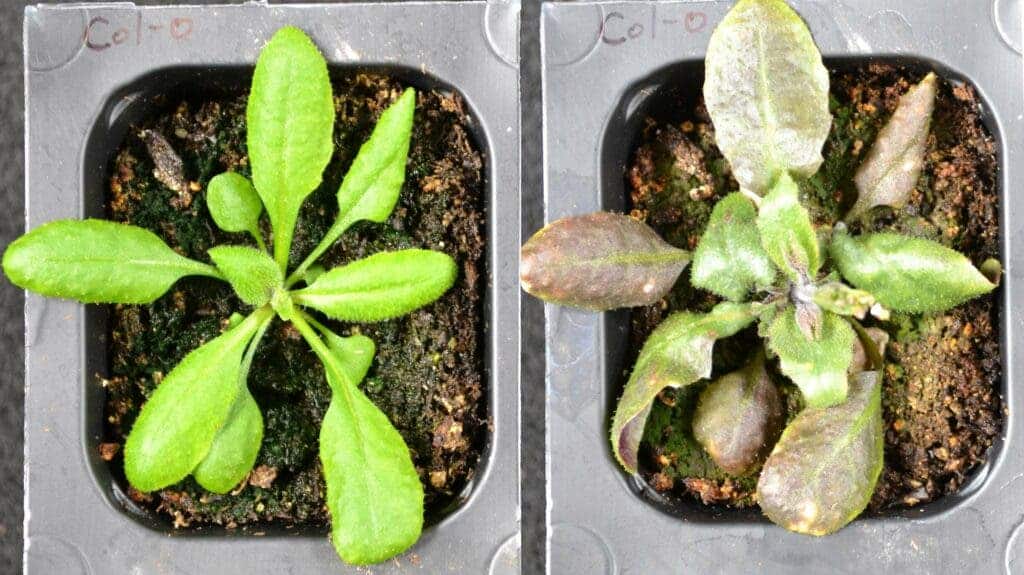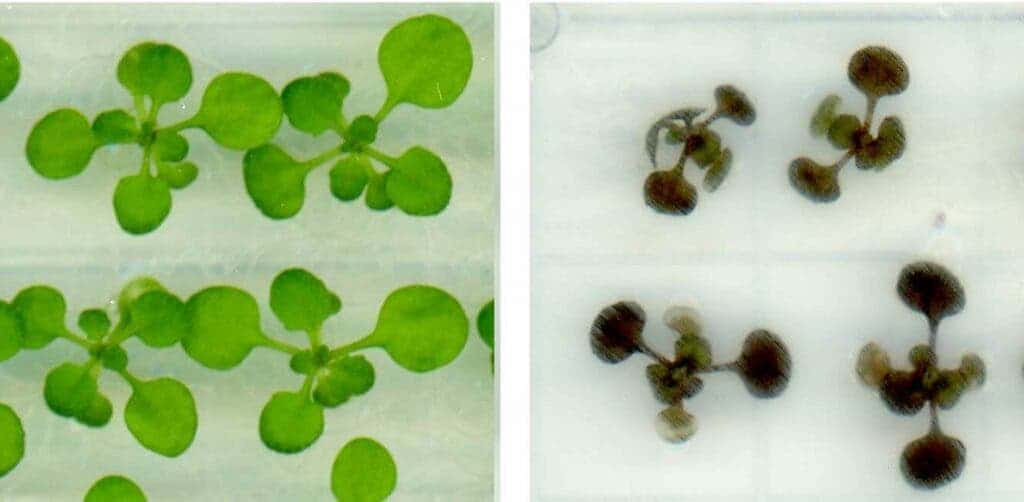Plants have the capacity to grow continually for hundreds of years, and always towards the light of the sun, which gives them the energy to sprout and grow. But the changing conditions imposed by climate change are altering the normal growth of plants, making them more stressed as they have to cope with higher temperatures and extreme weather events.
Looking for solutions, scientists from US Riverside are now exploring the mechanism through which plants produce salicylic acid, hormone and precursor to aspirin that protects plants from environmental hazards. The research team wants to better understand what role this acid plays in plants so that they can “encourage” plants to produce more of it, which would protect them further from climate change.

Plants and salicylic acid
“Because salicylic acid helps plants withstand stresses becoming more prevalent with climate change, being able to increase plants’ ability to produce it represents a step forward in challenging the impacts of climate change on everyday life,” Katayoon Dehesh, a senior paper author and UCR professor, explains.
Salicylic acid (SA) plays a big role in the growth and development of all plants, increasing their response to stressors — both biotic (living) and abiotic (physical). It acts as a stimulant or transmitter of the cell to tolerate environmental stress conditions, such as coldness, heat waves, and dryness, as well as conditions of ammonia tensions and salt stress.
One of the most important effects of salicylic acid is stimulating the production of antioxidants, which increases the plant’s response and tolerance to various diseases and helps cope with stress. SA also has important physiological roles, such as stimulating flowering and nutrient transfer and controlling protein synthesis.
Humans are also very familiar with this type of acid. Beyond its functions in plants, SA and one of its derivates (commonly known as aspirin) are important pharmacological agents for humans. It’s commonly used for acne, psoriasis and warts while aspiring is among the most used medications in the world. It’s used to treat fever, pain and inflammation while reducing the risk of heart attack and stroke.

Researchers at UC Riverside published a paper on how plants regulate the production of SA. They focused on a specific plant (Arabidopsis, a commonly used plant in many experiments) but believe they could apply their findings of stress responses in the cells of this plant to many other types of plants, including those used to grow food, thus improving crop resistance amid climate change.
Environmental stress triggers the formation of reactive oxygen species in all living organisms – including humans. As with other substances, the key is in the amount. At low levels, this reactive oxygen has an important function in plants, enabling the production of protective hormones like SA, study author Jin-Zheng Wang explained. But the continuous build-up of it can trigger DNA alterations and other problems.
The researchers discovered that heat, drought or persistent sunshine causes the sugar-making apparatus in plant cells to create an initial alarm molecule known as MEcPP. Accumulation of the molecule triggers the production of SA, which begins a chain of protective actions in the cells. It’s like plants used a painkiller for their aches and pains.
Going forward, the researchers would like to learn more about the molecule, which is also produced in organisms such as malaria parasites and bacteria. This could allow finding ways to boost the survival of plants amid climate change, which would mean benefits for everyone, considering plants clean the air, offer shade and provide habitats for animals.
The study was published in the journal Science Advances.






